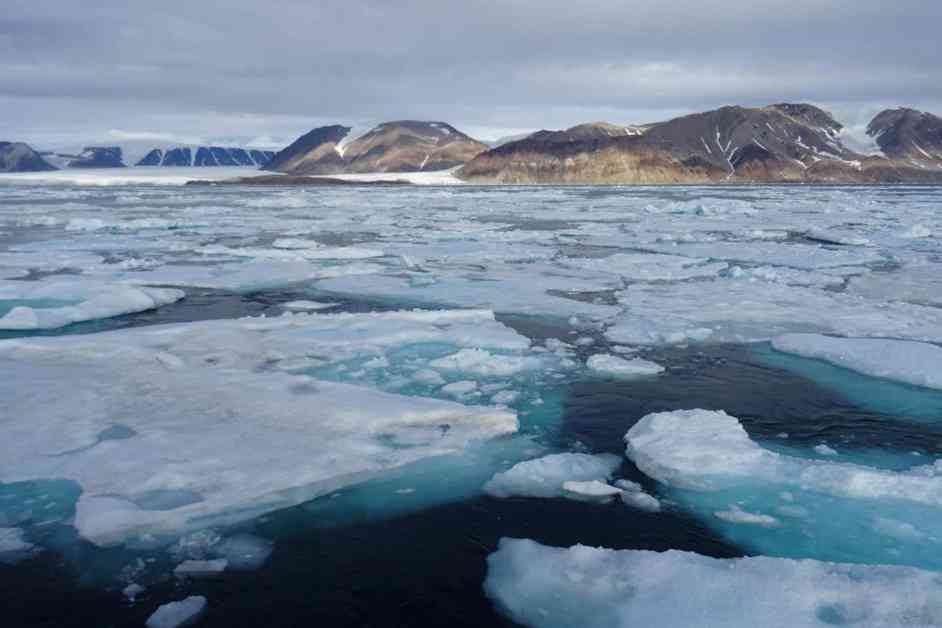The Impact of Melting Sea Ice on Canadian Arctic Shipping
Thick sea ice is causing challenges in the Northwest Passage, complicating expectations of easier shipping routes in the Canadian Arctic due to climate change.
Shipping companies have been hopeful that melting sea ice would create a more accessible route through the Canadian Arctic, particularly in the northern part of the Northwest Passage. However, recent observations suggest that this may not be the case in the near future.
Alison Cook from the Scottish Association for Marine Science explains that the northern section of the Northwest Passage is not likely to become a regularly open shipping route anytime soon. While the southern part of the passage has seen reduced ice cover, leading to an increase in voyages, the northern section remains ice-bound for much of the year.
Although there was a nearly ice-free summer in 2007, subsequent years have shown that the northern route is not as navigable as hoped. Cook and her team analyzed ice charts provided by the Canadian government from 2007 to 2021 to assess the safety of shipping routes in the region.
Their findings indicate that the safe shipping season has actually decreased at various choke points along the northern route, with some areas experiencing a significant decline in the number of weeks suitable for navigation. Thicker sea ice from the Last Ice Area north of Greenland is flowing into the region, making the ice cover more robust and less predictable.
This situation aligns with predictions that the Arctic sea ice will persist longest in the Canadian Arctic, posing challenges for future shipping routes. Amanda Lynch from Brown University highlights the broader implications of melting ice on Arctic shipping, particularly on the Russian side of the Arctic.
As climate change continues to impact the region, the prospects of an Arctic shipping boom through the Northwest Passage may not be as promising as initially thought. The resilience of sea ice and its flow patterns are crucial factors to consider for shipping companies looking to capitalize on the changing Arctic landscape.






